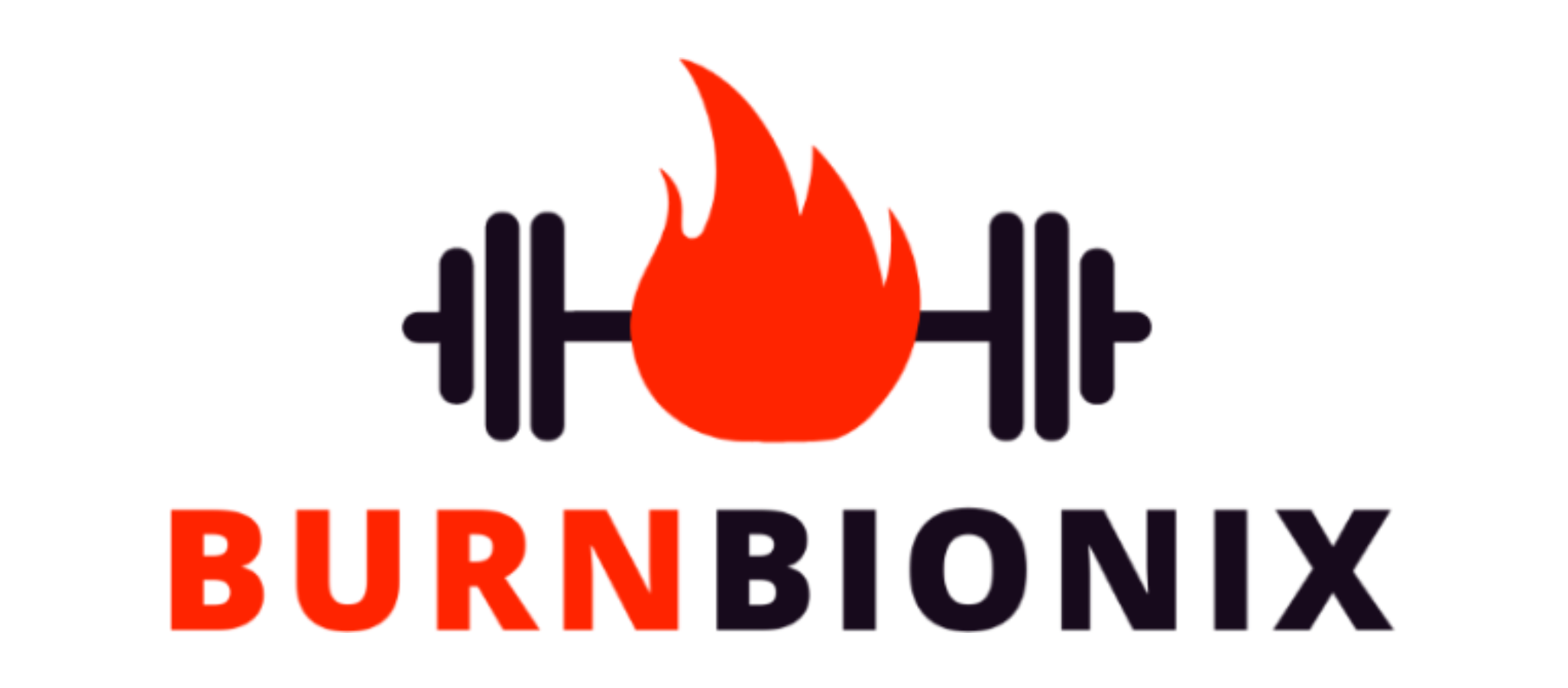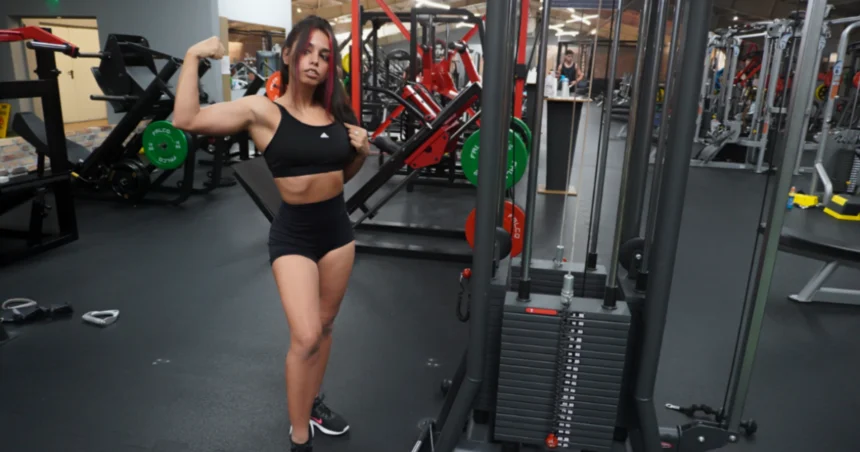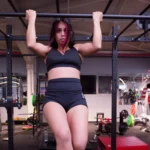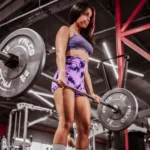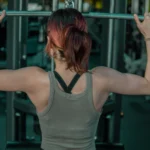Chiseled, muscular arms are one of the most sought-after physical attributes. Not only do toned biceps and triceps look impressive, they also provide strength for everyday tasks and sports. Unfortunately, building eye-catching arms takes more than the occasional set of curls. A strategic, multi-faceted approach is required – one that incorporates proper exercises, training principles, adequate recovery, and flawless technique. With determination and an intelligent program, you can sculpt the shapely, powerful arms you’ve always wanted. This article will walk you through the essential components for understanding how to get stronger arms.
Anatomy of the Arm: A Brief Overview
To understand how to train your arms effectively, it helps to have a basic grasp of arm anatomy. The upper arm contains two main muscle groups:
- Biceps: Located on the front of the upper arm between the shoulder and elbow. It has two heads that allow for flexion and rotation of the forearm.
- Triceps: Located on the back of the upper arm. It has three heads and is responsible for extending the forearm.
The forearm contains muscles like the brachioradialis and flexor group that aid in gripping and flexing the wrists and hands.
When designing an arm workout, be sure to target all the major muscles for balanced development. The biceps and triceps contribute to overall arm mass and shape. However, don’t neglect the smaller muscles of the forearms, which play a key role in strength for daily tasks. A comprehensive approach to training the arm muscles is crucial for learning how to get stronger arms.
Exercises to Target Key Muscles
To build stronger arms, it’s essential to train the major muscles efficiently. Let’s break down effective exercises for the biceps, triceps, and other complementary muscles.
2.1. Focus on Biceps and Triceps
The biceps and triceps make up the bulk of the upper arm mass. To maximize growth, use exercises that fully shorten and lengthen these muscles.
For biceps:
Concentration Curls: Seated with arm resting on inner thigh, curl a dumbbell up while focusing on squeezing the bicep peak. Great for isolation.
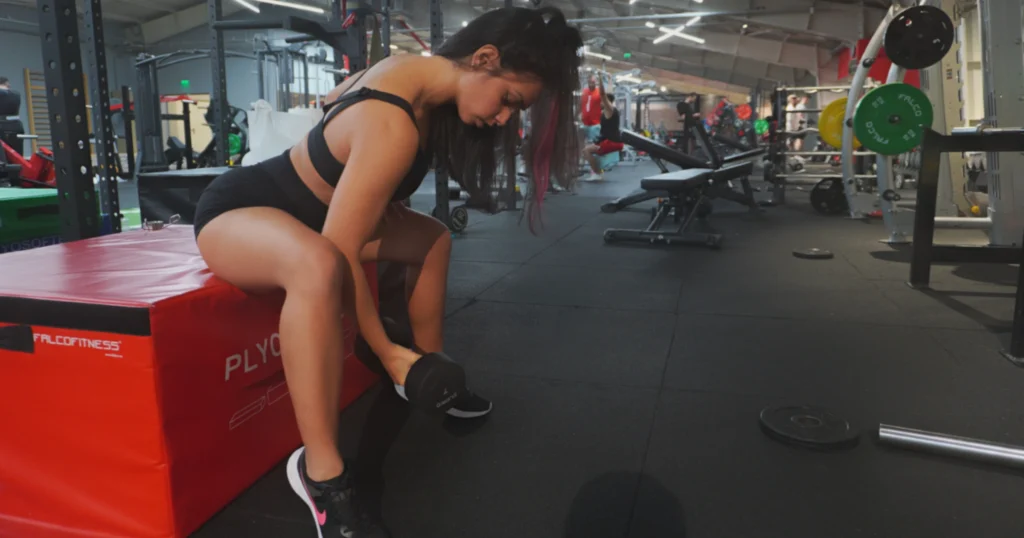
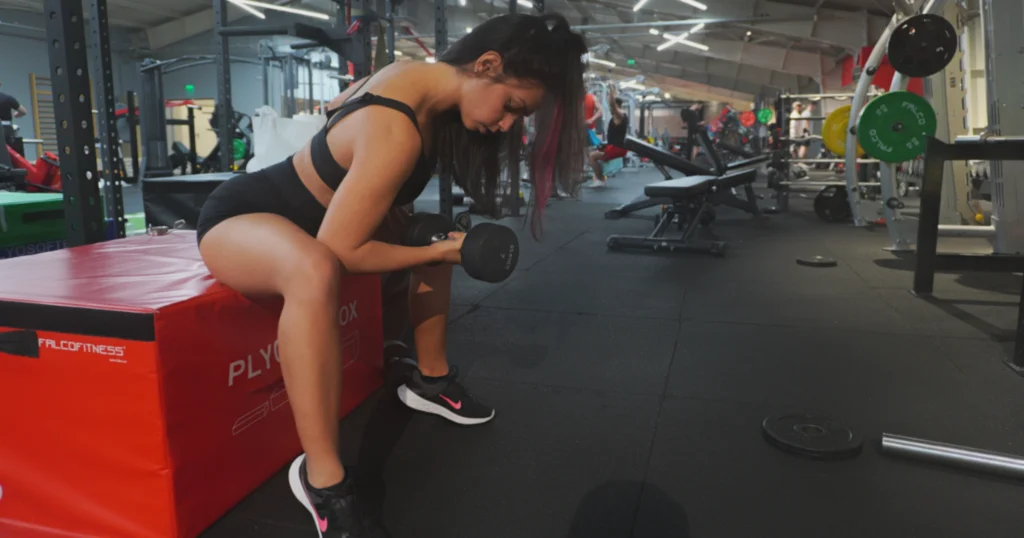
Cable Curls: Allow for a consistent resistance curve compared to dumbbells. Emphasize the squeeze and avoid swinging.
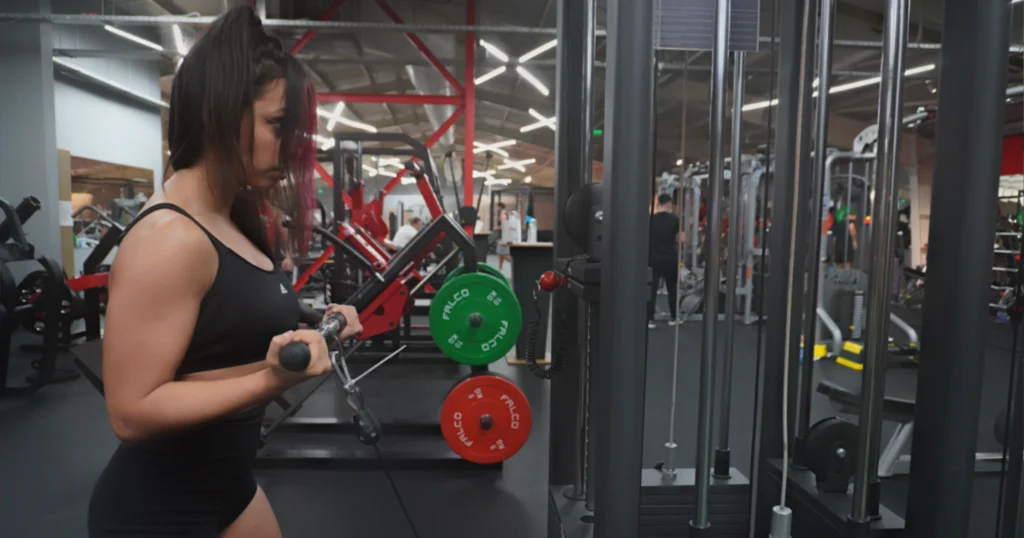
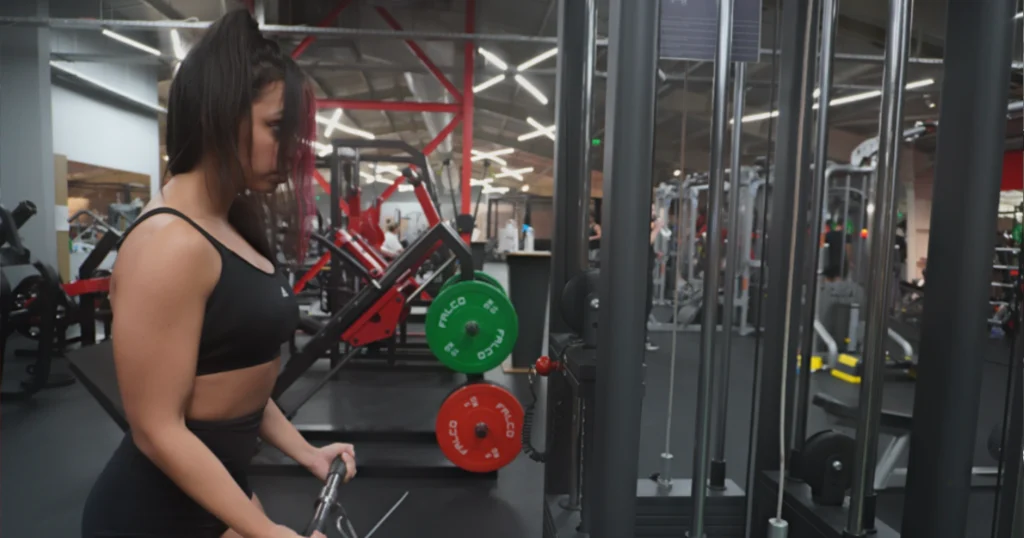
Barbell Curls: A classic mass builder. Use an underhand shoulder-width grip. Keep elbows tight to your sides.
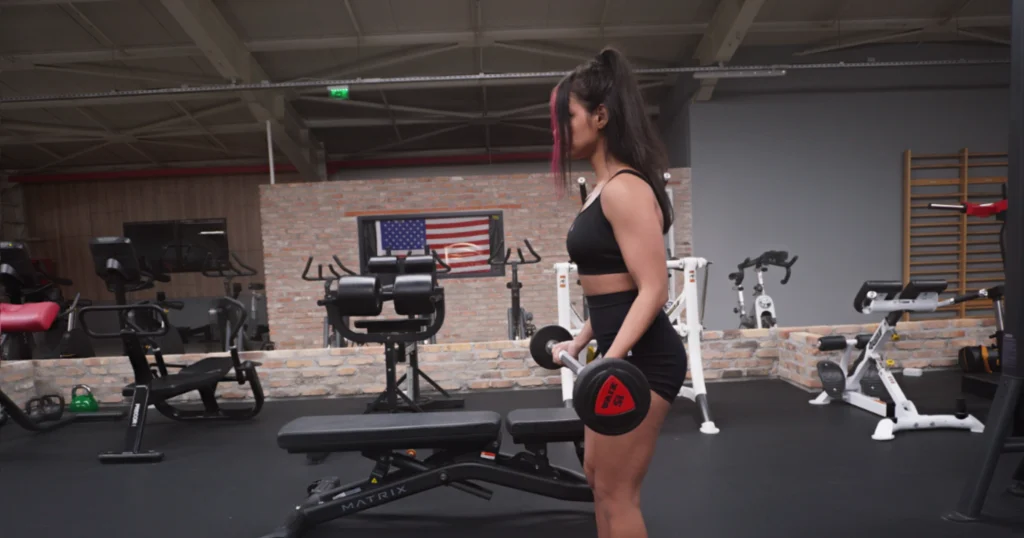
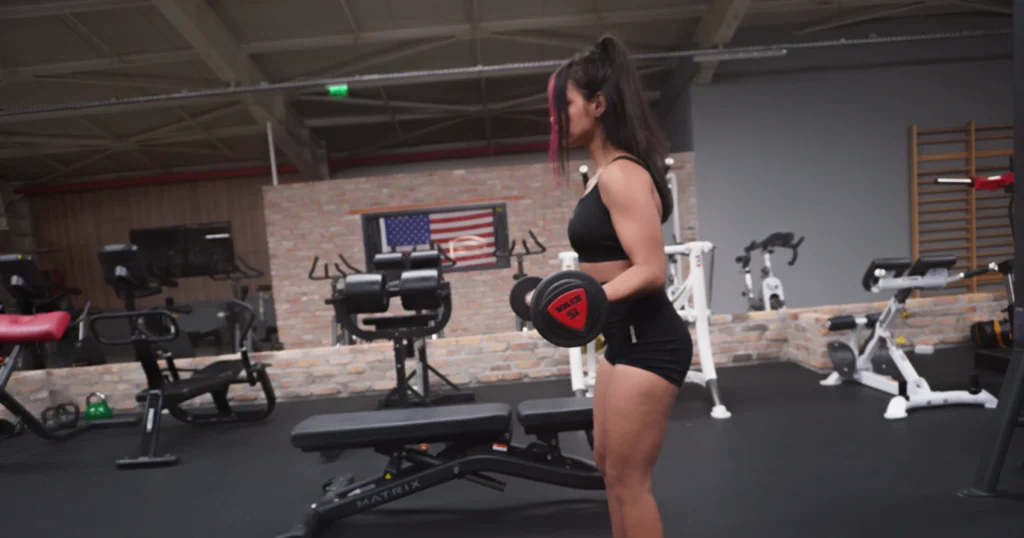
Chin-ups: Hit the biceps directly while also engaging the upper back. Use a palms forward grip.
For triceps:
Triangle Pushups: Place hands closer together to increase tricep emphasis. Go down until chest nearly touches floor.
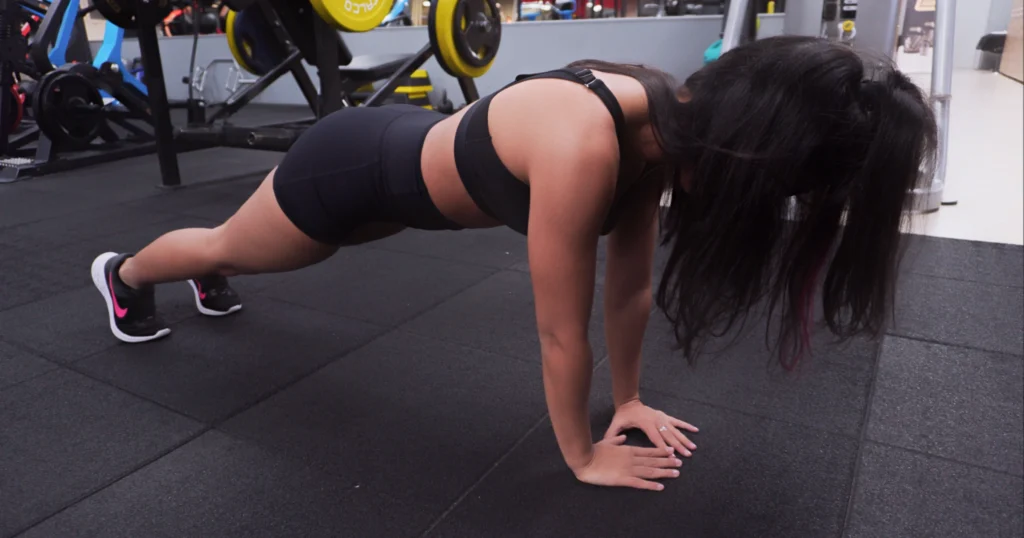
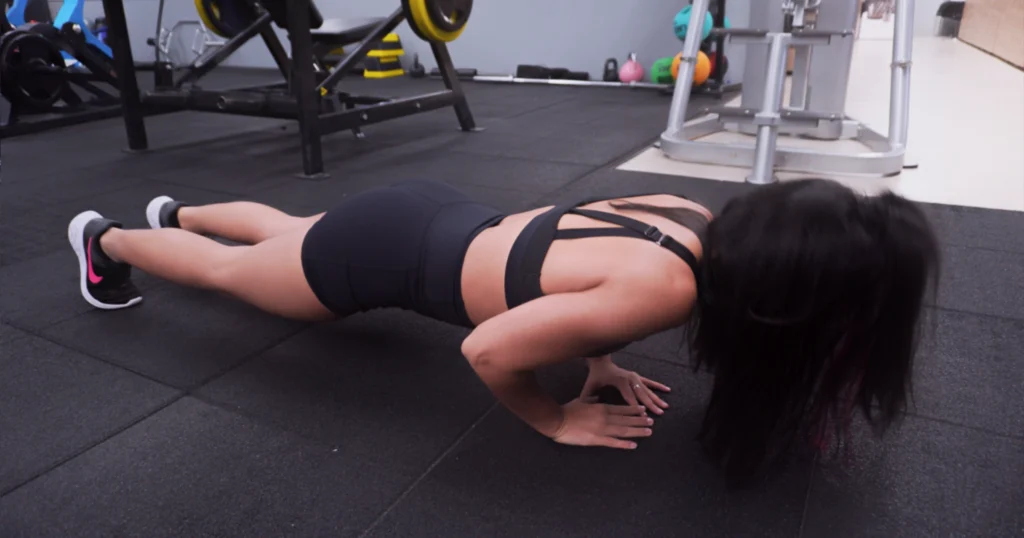
Tricep Dips: Use parallel bars or a bench. Bend elbows back to lower body until arms are parallel to floor.
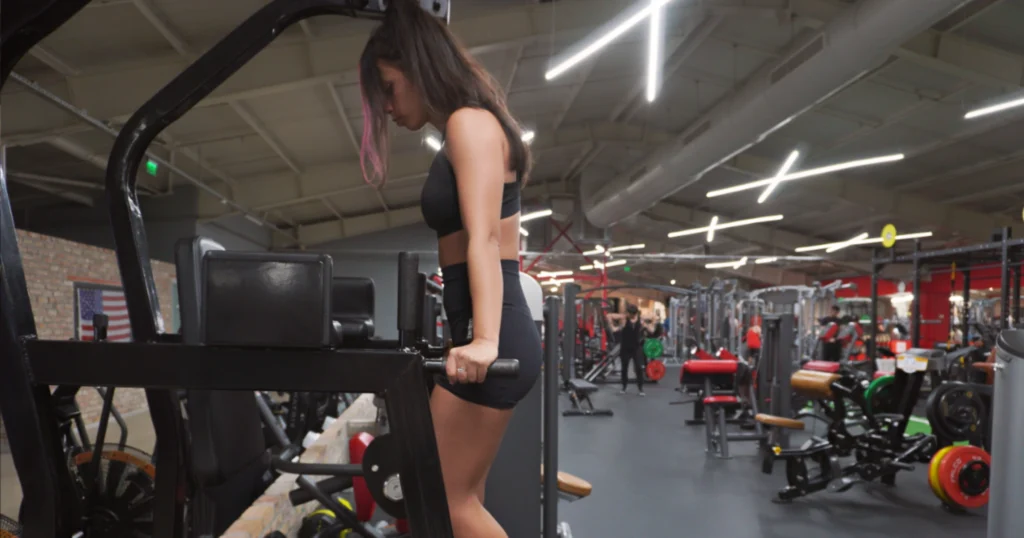
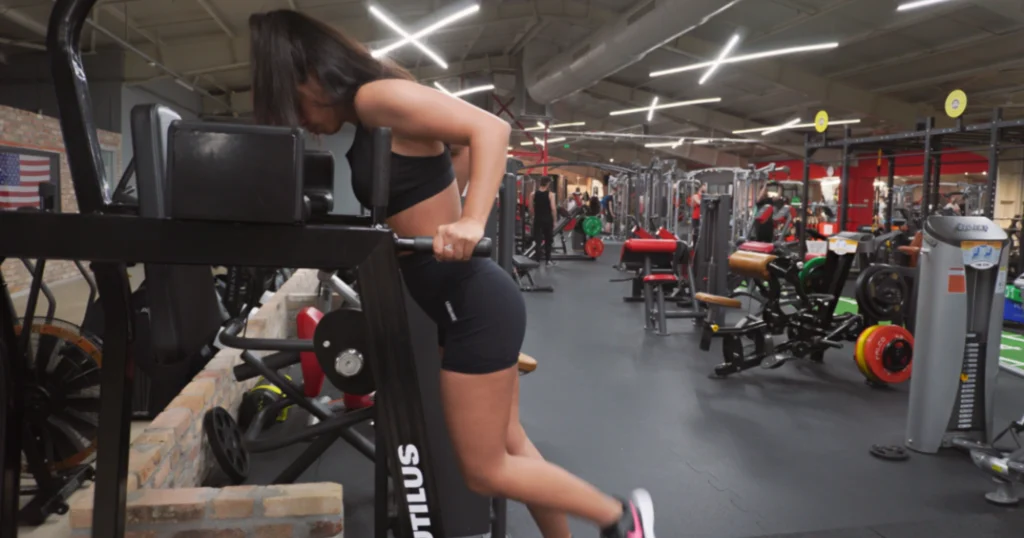
Really focus on proper form with these movements. Control the eccentric and concentrate on muscle contraction.
2.2. Strengthening Complementary Muscles
While directly training the biceps and triceps is crucial, also dedicate effort toward strengthening complementary muscles.
Developing your back and shoulders provides stability during arm exercises. It also prevents muscular imbalances which can lead to injuries down the road.
Some key exercises to incorporate are: lat pulldowns, seated cable rows, face pulls, and various shoulder presses. Don’t overlook these auxiliary lifts in your quest for bigger arms.
2.3. Emphasizing Forearm Training
In addition to the upper arm, forearm strength provides functionality for daily tasks and sports. Strive for balance between your biceps/triceps and forearms.
Some of the best forearm developers include:
- Hammer Curls: Uses an overhand grip to shift emphasis to the brachioradialis muscle of the forearm.
- Wrist Curls: Isolates forearm flexors. Curl a light barbell up and down while keeping your wrist and forearm on a bench.
- Reverse Wrist Curls: Works the extensor muscles. Flip your wrist over and perform curls with palms facing down.
Schedule forearm training at the end of arm sessions when fatigued for maximum growth.
Training Principles for Stronger Arms
In addition to exercise selection, certain training principles are vital for sculpting impressive arms. Let’s examine proper form, pump work, and recovery.
3.1. Importance of Proper Form
Lifting with proper form should be your number one priority when training arms. Not only does it prevent injury, but it ensures you fully work the target muscles. For example, when doing preacher curls, avoid excessive momentum by controlling the movement through a full range of motion. Keep your upper arms firmly pressed against the preacher bench and concentrate on squeezing the biceps.
Rush through reps with sloppy form, and you’ll miss out on results. Stick to weights that allow you to maintain technique. This maximizes muscular damage and long-term growth.
3.2. Incorporate Pump Work into Your Routine
The “pump” refers to the swelling sensation you get during a workout from increased blood flow to the muscles. Pump work involves higher rep sets that maximize metabolic stress. This contributes to muscle growth by providing a localized “fatigue” factor.
Aim to finish arm sessions with high rep pump exercises like cable curls and overhead tricep extensions. Go for sets of 15-20 reps using moderate weight. The constant tension and blood flow provides an intense pump. Your biceps will feel like bursting balloons! Use pump work sparingly though, as overly relying on it can hamper strength gains.
3.3. The Role of Recovery in Muscle Growth
Intense strength training creates small tears in the muscle fibers. The recovery process then rebuilds the fibers thicker and stronger. Without adequate rest between workouts, your results will stagnate.
After an intense arm workout, give your muscles at least 48 hours of recovery before training them again. Get plenty of sleep, as this is when your muscles regenerate most. Ensure you meet your daily protein intake goals as well.
Recovery allows the muscles to actually grow and strengthen in response to the stimulus you provide through training. Be patient and consistent, and your arms will transform over time.
Recommendations for Sets and Repetitions
Once you’re equipped with the right exercises and training principles, the next step on how to get stronger arms is defining your regimen in terms of sets and repetitions. This will ensure you’re pushing your muscles enough for growth, without veering into overtraining.
Biceps: Aim for 3-4 sets of 8-12 reps. This range promotes both muscular strength and hypertrophy, ensuring a balance of function and form.
Triceps: Like the biceps, 3-4 sets of 8-12 reps should be your target. Triceps make up two-thirds of your upper arm, so don’t skimp out!
Forearms: These smaller muscles can endure a bit more. Go for 2-3 sets of 12-15 reps to get them toned and strong.
Back and Shoulders: A fundamental base for your arms. 3-4 sets of 8-12 reps will provide the required strength and stability.
Pump Work: To wrap up your workout and truly push those arm muscles, finish with 1-2 sets to failure. This means going until you can’t perform another rep with good form.
It’s worth noting, however, that these are general guidelines. Everyone’s body is different. Based on your individual goals, experience, and how swiftly you recover, you might need to adjust. Always listen to your body, and when in doubt, consulting a fitness professional can offer personalized advice.
Common Mistakes and Their Corrections
When trying to build stronger arms, it’s easy to make mistakes that limit your progress. Here are some common errors and how to fix them:
- Poor Form: Using momentum, jerking weights, and improper form cheats your muscles out of gains. Lower weight if needed and control each rep.
- Overtraining: Hitting arms daily or with little rest stresses the muscles andconnective tissue. Stick to a 3-4 days a week frequency and take at least 48 hours rest between arm sessions.
- Imbalance: Overemphasizing biceps while neglecting triceps or vice versa. Train all the arm muscles equally for symmetrical development.
- Ego Lifting: Chasing arbitrary weight goals with sloppy form. Check your ego, reduce weight, and focus on quality muscle contractions.
- Lack of Progression: Using the same weights week after week. Progressively increase load to continually challenge the muscles.
Final Thoughts
Developing stronger, more impressive arms requires a comprehensive approach – quality exercises, proper training principles, adequate recovery, and technical mastery. By combining smart programming, dedication, and consistency, you can sculpt the chiseled arms you desire. Remember to train all the arm muscles equally and focus on controlled, quality reps. Be patient through plateaus, and don’t neglect complementary muscle groups. With the right knowledge and discipline, you now have a complete blueprint for unlocking your true arm potential. So get to the gym and start implementing what you’ve learned on how to get stronger arms!
